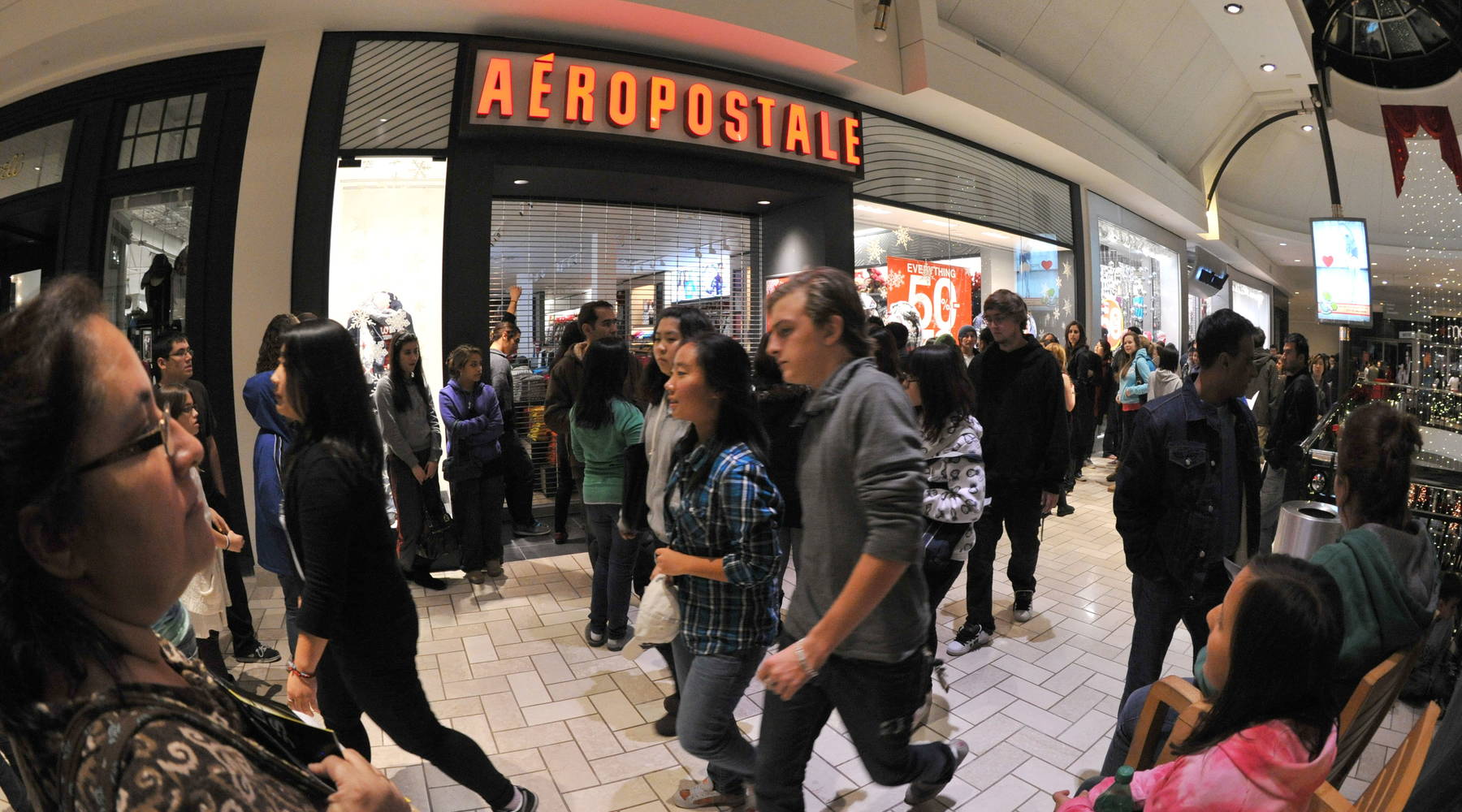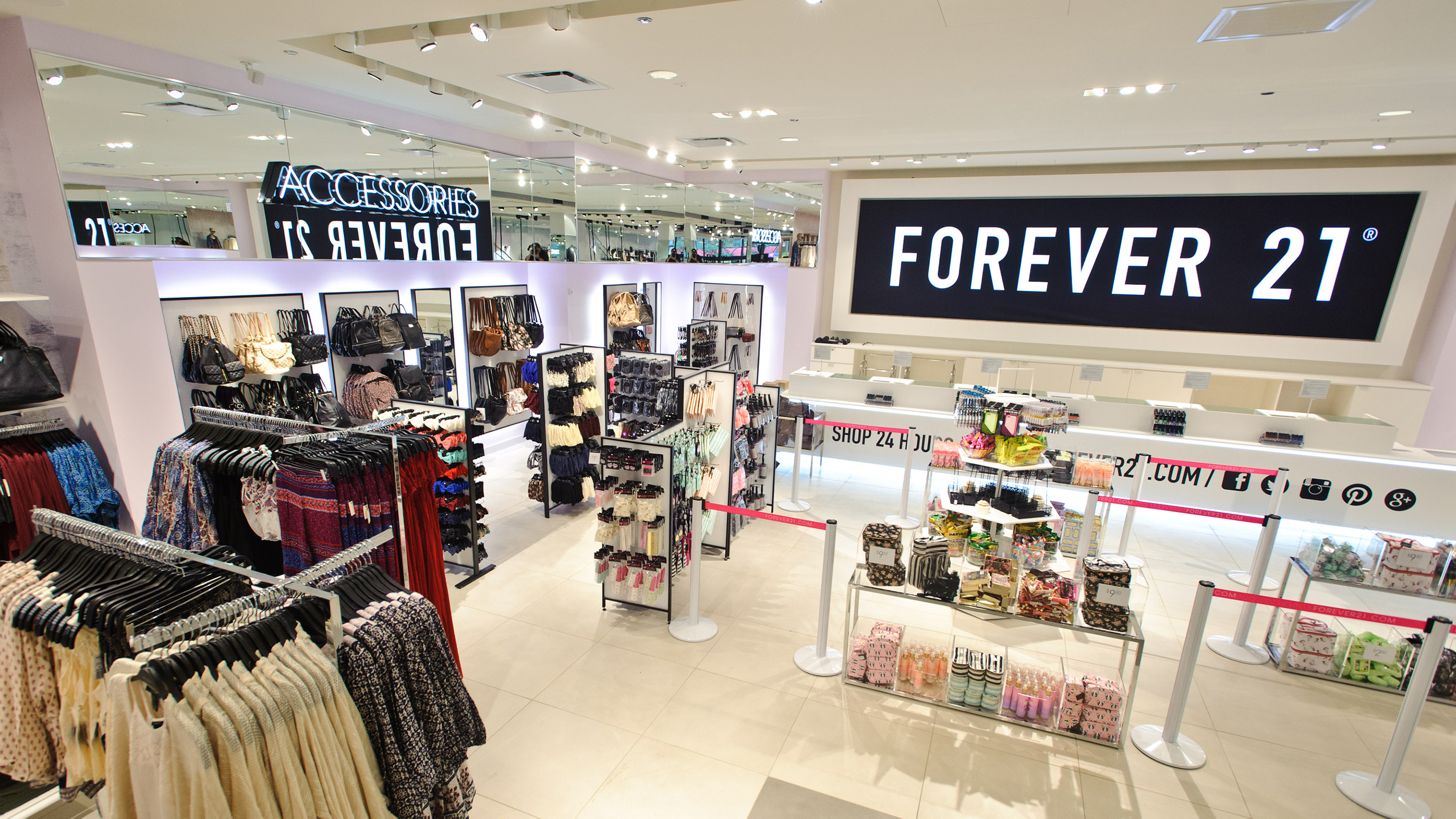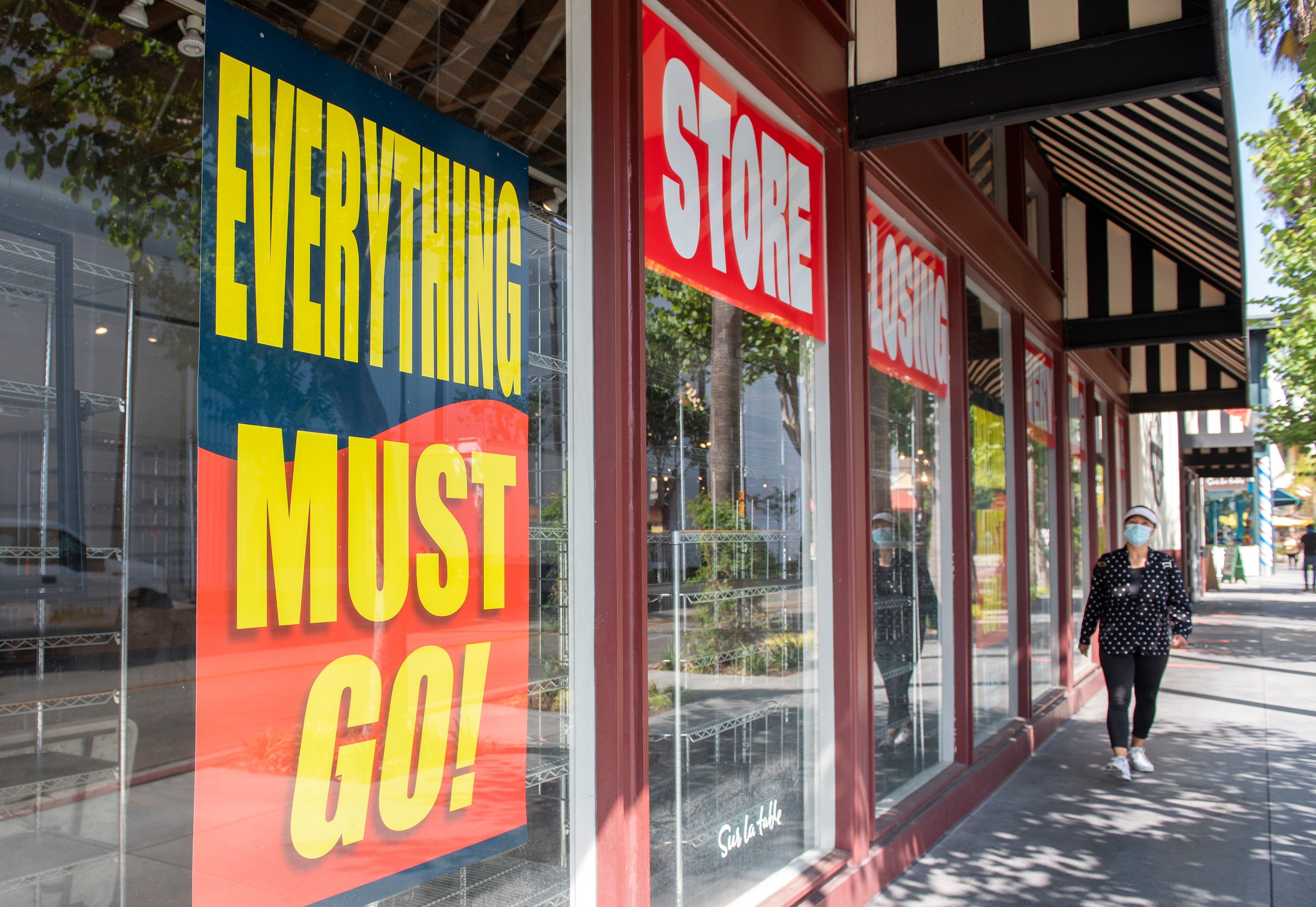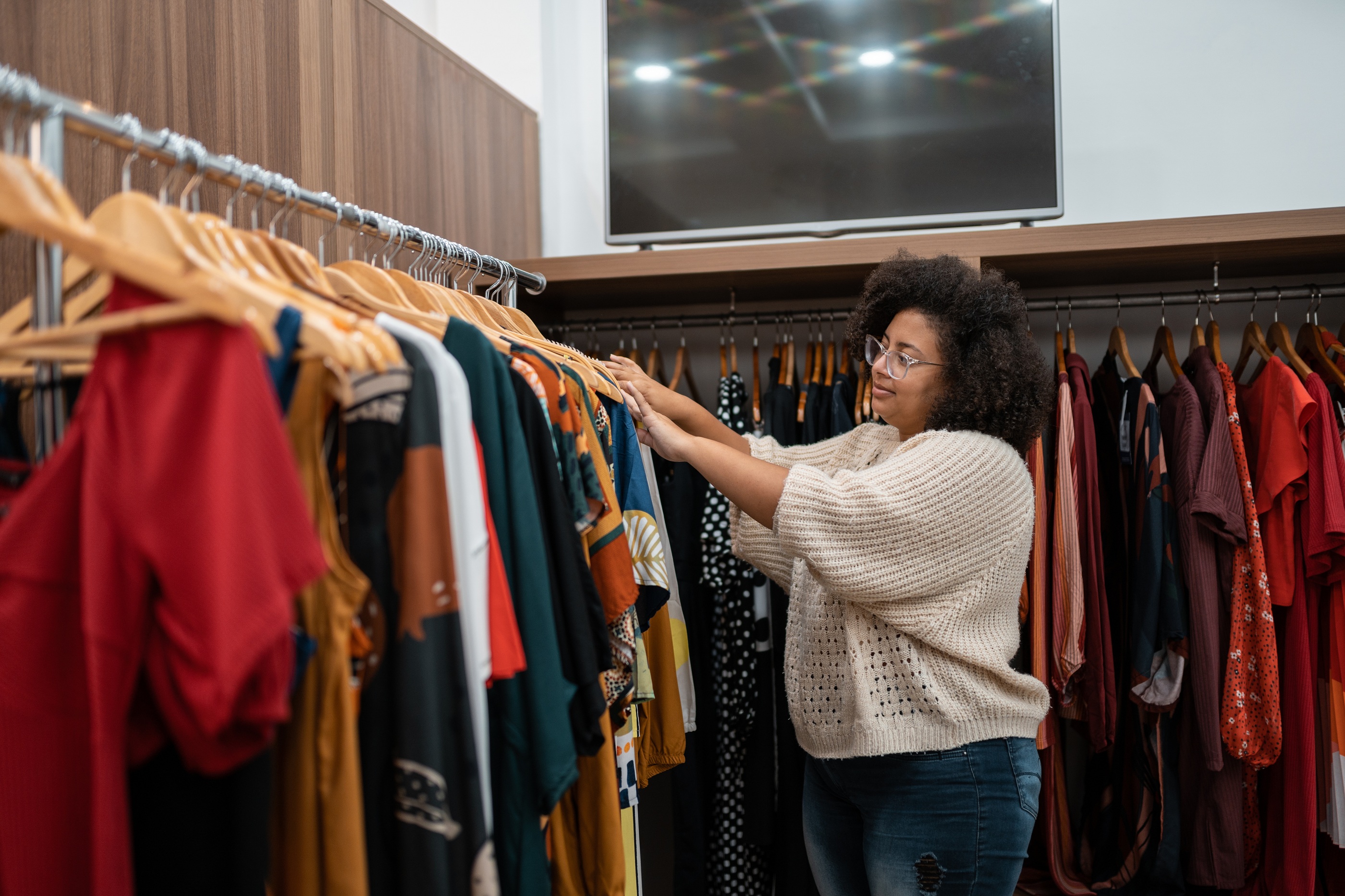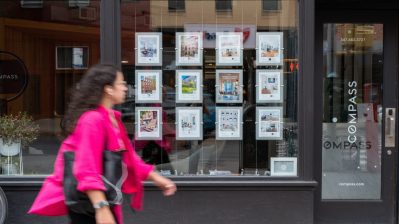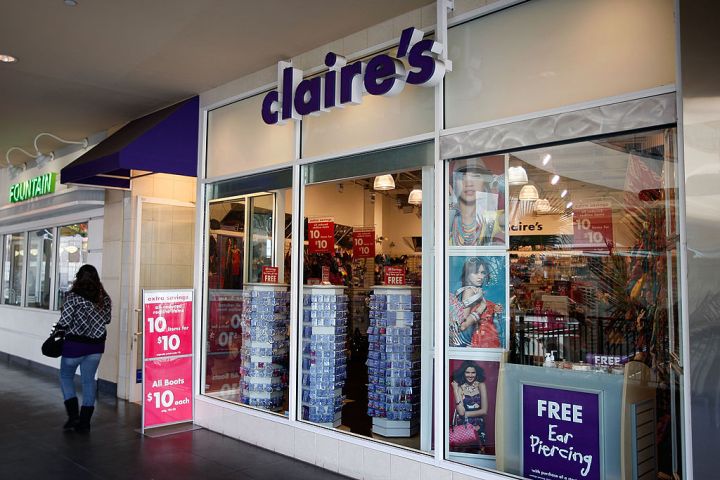
How teen mall hot spot Claire’s went from bankruptcy to IPO filing
How teen mall hot spot Claire’s went from bankruptcy to IPO filing

Claire’s, the tweens and teens accessory store that has every possible bejeweled earring and necklace an 8-year-old girl would want, is having a comeback.
Back in 2018, the company filed for bankruptcy and shut dozens of stores across the country, mostly in malls. Today, Claire’s is out of bankruptcy and setting up shop outside of malls. The company is expecting sales growth of 53% for fiscal year 2021 and planning an initial public offering.
Elizabeth Segran, a senior staff writer at Fast Company, wrote about the company’s comeback. “Marketplace” host Reema Khrais spoke with Segran about Claire’s success as a legacy business in a fast-changing retail market. The following is an edited transcript of their conversation.
Reema Khrais: So I read your article. And it sounds like I’m not the only one in this interview who has very distinct memories of shopping at Claire’s as a kid.
Elizabeth Segran: Oh my gosh, yeah, my whole tween years were, all of the memories of my tween years are like dominated by going to Claire’s, same.
Khrais: But, you know, I was really surprised to learn that not only is it still around, but it’s, you know, it’s thriving. So before we get into the reasons, can you give us a better sense of financially how this legacy business is doing?
Segran: So it was actually founded in 1971. But its revenues were deeply tied to the success of the mall. And as the mall sort of declined as a hotspot, you know, it sales began to go down. And in 2018, it actually filed for bankruptcy. But in a really remarkable turnaround story over the last four years, not only has its executive team managed to get it out of bankruptcy, it’s now headed for an IPO that could raise up to $100 million. And last year, it had revenue of $1.4 billion.
Khrais: Wow. OK, so let’s talk about this big comeback. How did it go from filing for bankruptcy to filing for an IPO?
Segran: Well, it’s basically you know, the mall is not completely dead. That’s their fundamental belief that there are some malls that are doing really well. And so the key for them is No. 1, you know, making sure that their stores are in these kinds of more prestigious malls. But their other really interesting strategy has been to set up stores not in malls. So you might go into CVS and see like a little mini Claire’s aisle. Even a grocery store, and there might be a little Claire’s section there.
Khrais: OK, so that’s, yeah, that strategy seems pretty straightforward, you know, bringing Claire’s to locations where customers are already shopping. And how much of its success has to do with just the fashion and market trends we’re currently seeing?
Segran: Well, so I think the part of the brand’s recent success was that, you know, ’90s fashion sort of made a comeback.
Khrais: It is back!
Segran: Totally, and so scrunchies were super in and Claire’s was just like, abounding in scrunchies, the company actually has a really great supply chain. And it’s been working with some of its factory partners for decades, and is able to respond to trends really, really quickly. And that’s part of its success.
Khrais: You mentioned in your article, there’s a team of “trend spotters” who just travel the world, figuring out what might be the next popular thing.
Segran: I kind of want that job.
Khrais: It sounds so interesting. Also, going back to something you said about the scrunchies. There’s also this really nice detail in your article where you wrote how I think back in 2019, scrunchies were a massive trend, because teenage boys would wear them to indicate that they had a girlfriend. And so Claire’s was like, “I’m on it!” And they turned out millions of scrunchies, which I find hilarious.
Segran: Yeah. And what was so interesting about that, is that, you know, they could see that trend coming several years ahead.
Khrais: It’s interesting that, yeah, to your point, they were kind of well suited in a way for the pandemic and the consequent supply chain issues we saw. Can you talk a little bit more about that?
Segran: Totally. When ships were grounded, and they weren’t able to ship over products, they were able to put them on aircraft and fly them over. And because they sell such tiny little objects, they were able to really pack a lot into, you know, a container that would go on a plane. And so all of the supply chain issues really haven’t been a problem for Claire’s.
Khrais: Gotcha. So Claire’s is now kind of a case study in what it can take for legacy businesses to survive. But what do you think will ensure its success moving forward?
Segran: So I think that what Claire’s has been able to do is that even though it’s a large legacy business, it’s been very nimble. And it’s been looking out for opportunities to go into places that customers are already going to. If malls continue to decline, it seems like Claire’s is ready to pop up on your street corner instead.
Khrais: Yeah, and if there’s anything I’m taking away from this conversation is that there will always be a demand among tweens for bejeweled pizza earrings and strawberry lip gloss.
Segran: Oh my gosh, and maybe even for their parents.
Khrais: Yeah, exactly.
There’s a lot happening in the world. Through it all, Marketplace is here for you.
You rely on Marketplace to break down the world’s events and tell you how it affects you in a fact-based, approachable way. We rely on your financial support to keep making that possible.
Your donation today powers the independent journalism that you rely on. For just $5/month, you can help sustain Marketplace so we can keep reporting on the things that matter to you.




